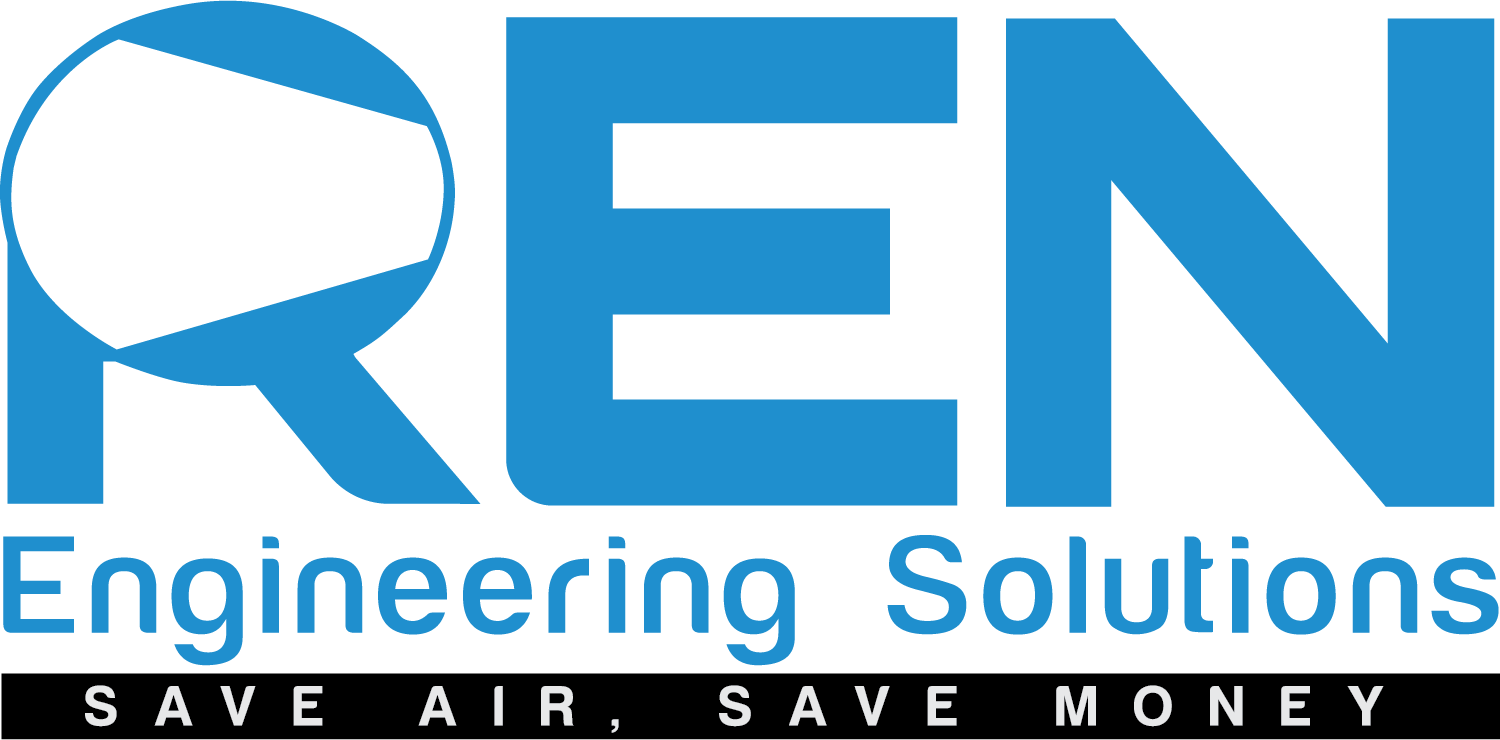We recently conducted a comprehensive compressed air system audit at a leading manufacturing facility in East Africa. The rising cost of energy, potential for hidden inefficiencies, and the need to optimize compressor sizing were all key factors driving this assessment.
Here’s a breakdown of the audit process:
1. Planning and Scoping: In collaboration with the manufacturer, we defined the audit scope by understanding their goals and facility layout.
2. Data Collection: We utilized advanced equipment to gather precise data points:
- Flow Meters: Installed at key locations within the system, these meters measure compressed air consumption. We measured consumption at both point-of-use locations and the headers, allowing for a clear comparison of demand versus supply.

- Continuous Power Monitoring System: This system logged power consumption data throughout the audit period. By analyzing both flow and power data, we were able to calculate system efficiency. This continuous power logging provided invaluable insights into compressor performance. We could assess factors like compressor loading patterns, identify potential inefficiencies during specific periods, and pinpoint opportunities to optimize compressor operation.

- Ultrasonic Leak Detection System: Unlike estimations, this system precisely quantified leak rates by pinpointing and measuring the intensity of escaping compressed air.

3. System Analysis: A thorough analysis of the collected data identified areas for improvement. This analysis focused on:
- Overall System Efficiency: We compared the manufacturer’s specific power consumption against industry benchmarks to identify inefficiencies.
- Quantified Leak Rates: The precise leak measurements allowed us to determine the exact amount of energy being wasted due to leaks.

- Compressor Performance: The power log data, combined with flow measurements, provided a comprehensive picture of compressor performance. We assessed capacity utilization, efficiency under varying load conditions, and identified opportunities for improvement through control strategies or potential upgrades.

- Demand Profile: The analysis considered how compressed air demand fluctuated throughout the day and production cycles.
4. Developing Recommendations: Based on the analysis, we created a customized plan for the manufacturer. This plan included specific, actionable recommendations such as:
- Leak Repair: Quantified leak data allowed for prioritizing leaks based on their impact, making repairs the most cost-effective and immediate way to save energy.
- System Optimization: This could involve installing a master controller for the existing compressors and piping system improvements that will also eliminate leaks.
- Additional Measures: These could include installing a new dryer to address moisture concerns and a permanent monitoring system for ongoing performance tracking.
5. Reporting and Follow-up: We presented a comprehensive report outlining the findings and recommendations to the manufacturer. This included the potential cost savings and impact on system reliability and overall sustainability.
Following the ASME EA-4–2010 guidelines, this audit provided the manufacturer with a clear picture of their compressed air system’s health and a roadmap for significant improvements.
The audit revealed the potential for energy consumption savings of nearly 50%, translating to substantial cost savings on electricity bills. This translates to annual energy cost savings in the range of Ksh 23,000,000 (approximately USD $174,000).
By implementing these recommendations, the manufacturer can achieve significant financial benefits, improve system reliability, and contribute to a more sustainable operation.
Contact us today we help you save energy on your compressed air system!
Lorna Olum
Applications Engineer,
Ren Company Limited
T +254741159200

